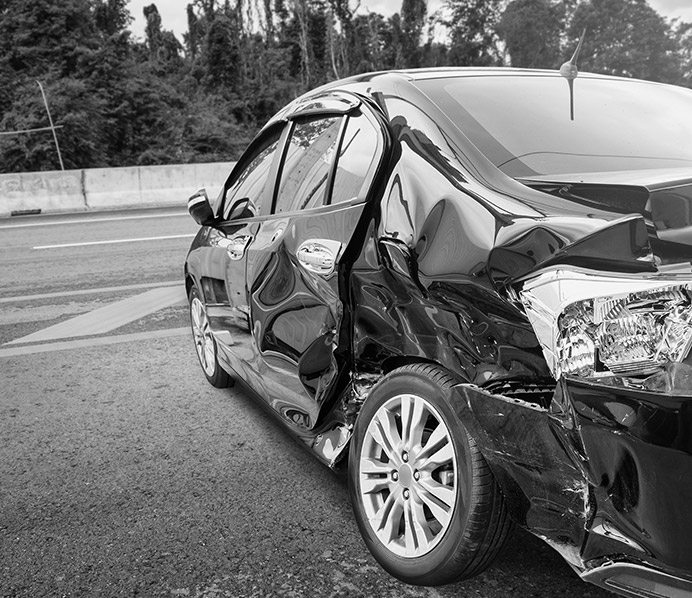Car accidents occur all too often in Ohio, and it’s important to know the laws surrounding them. This article will provide an overview of accident laws in Ohio, including the statute of limitations, driver’s duties after an accident, insurance requirements, and damages recoverable in a lawsuit.
In Ohio, the statute of limitations for filing a personal injury lawsuit is two years from the date of the accident. If you don’t file a lawsuit within two years of the accident, you won’t be able to pursue any legal action against the other driver.
Driver’s Duties After an Accident
Ohio law requires drivers to stay at the scene of the accident and exchange information with the other driver, including name, address, driver’s license number, and insurance information.
Ohio requires drivers to carry minimum auto insurance coverage, including $25,000 per person for bodily injury, $50,000 per accident for bodily injury, and $25,000 for property damage.
Drivers must also carry uninsured/underinsured motorist coverage, which covers the insured driver if someone hits them without insurance or with insufficient coverage.
What a Car Accident Lawyer Does After an Accident
Car accident lawyers are responsible for helping injured individuals and their families to obtain the compensation they are entitled to for their medical bills and other costs associated with the crash.
A car accident lawyer will handle various tasks, including gathering evidence and information about the crash, speaking to witnesses, filing insurance claims, and handling legal proceedings. They can also help you understand the laws that apply to your case and ensure you get the compensation you deserve.
Car Accident Claims Statute of Limitations in Ohio
Injury claims resulting from auto accidents must be made within two years of the collision. The statute of limitations refers to this. The victim may not be able to get any compensation for their damages if a claim is not made within this period.
There are caps on the number of damages awarded in car accident cases. This means that even if you are entitled to a large compensation, you may only receive a certain amount.
The caps on damages vary depending on the type of claim. For instance, in Ohio, the cap on non-economic damages (e.g. pain and suffering) is $250,000 in most cases. However, in cases involving “catastrophic injury”, the cap is $500,000.
Understanding Ohio car accident laws is essential if you’ve been in a crash. These laws, known as Ohio car accident laws, set out the legal framework for who is responsible for paying for the medical bills, lost wages, and other costs associated with a car accident.
Fault in a Car Accident in Ohio?
The fault system for auto insurance is in effect in Ohio. This implies that whoever caused the accident is accountable for its consequences. If the other driver caused the collision, the at-fault party or their insurance provider might be liable for covering the other driver’s medical expenses, missed earnings, and other accident-related expenses.
It’s important to take certain steps to protect your rights. First, you should contact the police and file a police report. This will provide you with an official record of the accident. Next, you should gather evidence from the scene of the accident, such as pictures and witness statements.
Car accidents can be complicated, and it’s important to understand the laws governing them in Ohio. These laws, known as Ohio car accident laws, set out the legal framework for who is responsible for paying for the medical bills, lost wages, and other costs associated with a car accident.
The amount of damages each party will be liable for will then be determined according to the percentage of fault assigned. For example, if one party is assigned 50 percent of the fault, they may be liable for 50 percent of the damages.
Common Injuries in Car Accidents
Car accidents can result in various injuries from small scratches and bruises to more serious injuries, including shattered bones, head injuries, and spinal cord damage.
If hurt in a car accident, you might be eligible for financial assistance for your medical expenses, lost earnings, suffering, and other crash-related expenses.
In Ohio, the responsible party or insurance company may be responsible for these costs. It’s important to understand the compensation you may be entitled to for your car accident injuries in Ohio.
It’s also important to contact an experienced car accident lawyer as soon as possible, as they can help you understand your rights and ensure you get the compensation you deserve.
Paying Medical Bills After a Car Accident
The at-fault person or their insurance provider may be liable for covering the other driver’s medical expenses, missed earnings, and other accident-related expenses.
In Ohio, all motorists are required to maintain a minimum level of liability coverage. If the other driver is at fault, this coverage will cover related charges like missed wages, medical expenses, and other incidental expenses. If you were at fault for the collision, it also covers damage to the other driver’s vehicle.

